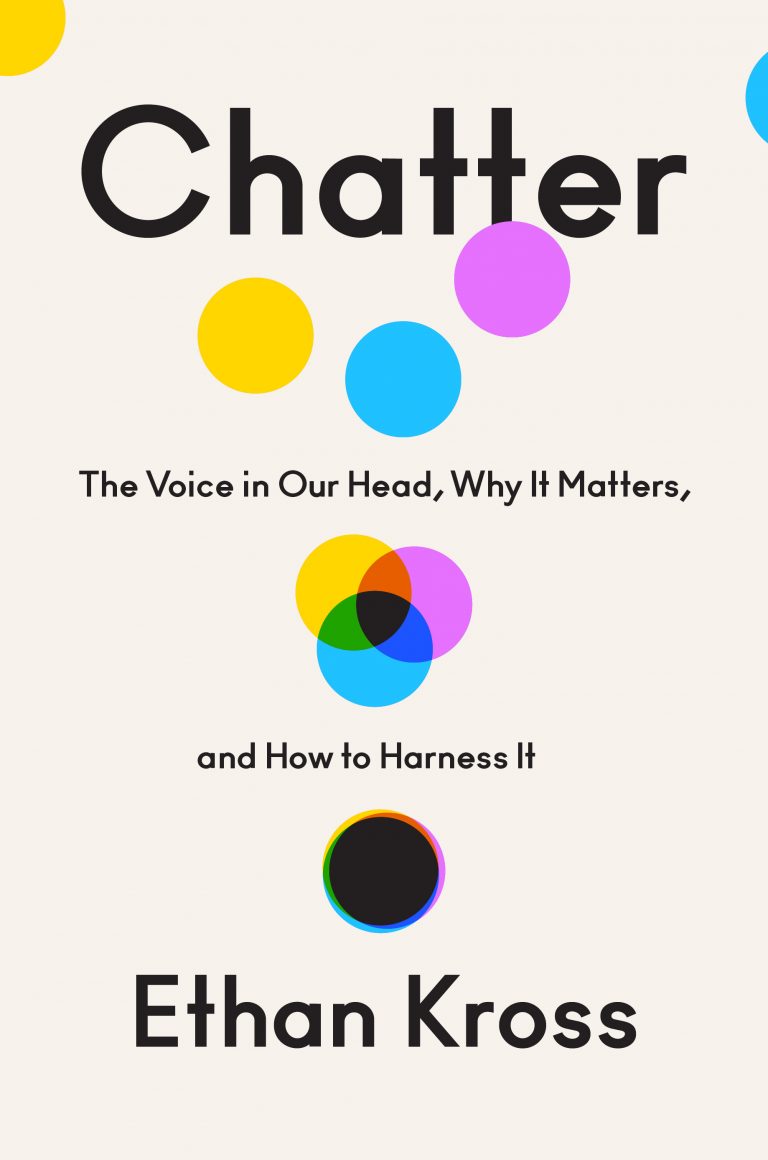
What experimental psychologists and neuroscientists refers to as “chatter” is the part of this one-person tête-à-tête that falls into a pattern of thinking, common to the human condition, in which reflection becomes a burden. We all talk to ourselves every day, and even the calmest characters among us do so at a blistering pace. In this deft debut, Kross, director of the University of Michigan’s Emotion & Self Control Laboratory, helps readers better understand what it means to be human.

and then make it available to them via Google.A professor of psychology examines the most crucial conversation: with ourselves. You can make any needed adjustments in the instructions such as which activities students need to complete, when it is due, etc. In Google, choose "File" then "Make a Copy" to get your own copy.

Handout with Questions: Chatter: Our Inner Voice (Google Doc) Students can research the definitions of the terms associated with each video they view. Vocabulary Chart: Chatter: Our Inner Voice (Google Doc) You can also save and share the following Google resources for students to use with this lesson. You can post links to the videos in the lesson along with the related handouts and engage in discussion to share responses on a discussion board or learning management system. It can be completed in steps as a class or students can move at their own pace and complete the activities independently. This lesson offers several options for you to use with your students whether you are teaching in class, using a hybrid model, or engaging through distance learning.


 0 kommentar(er)
0 kommentar(er)
